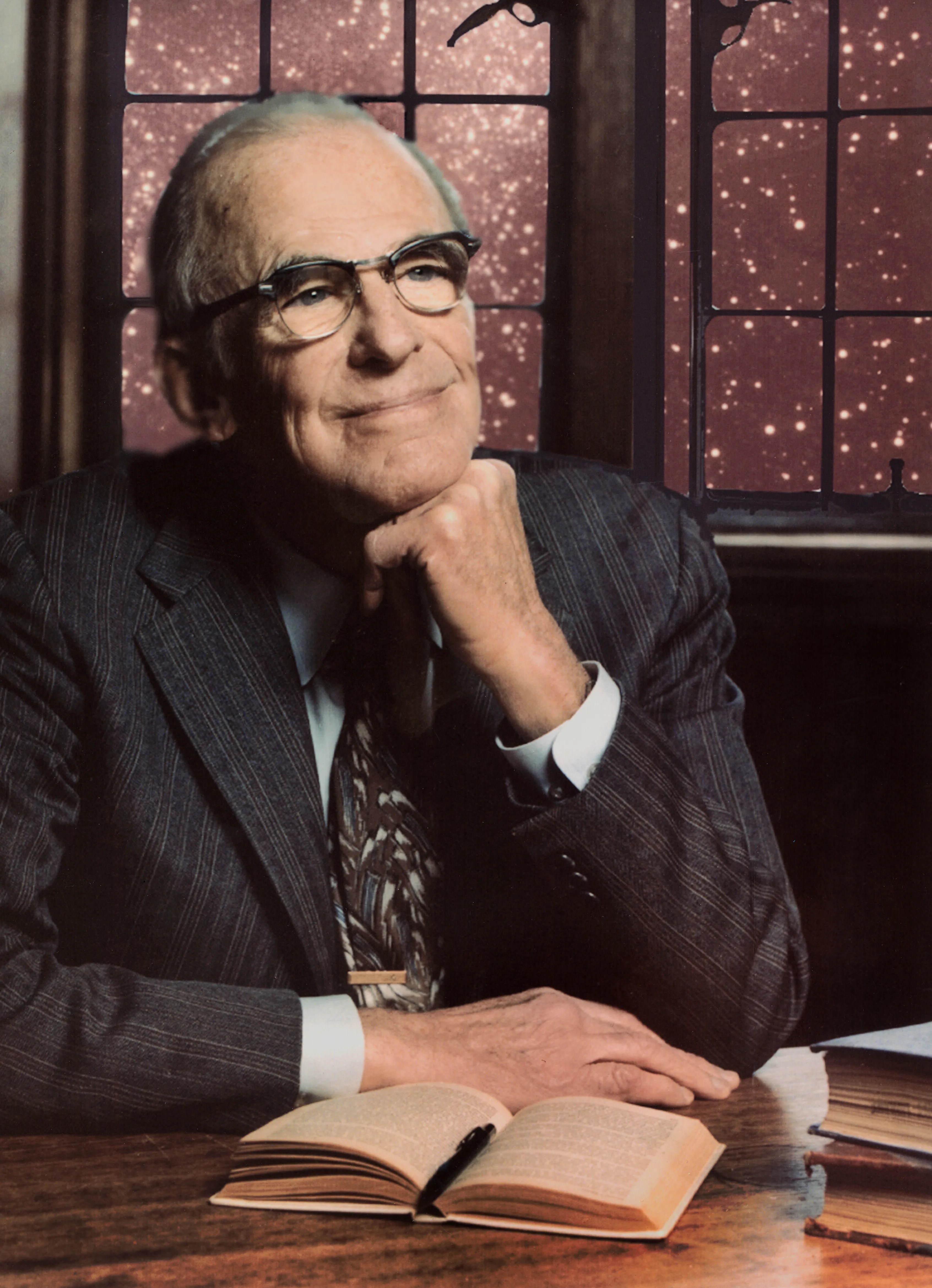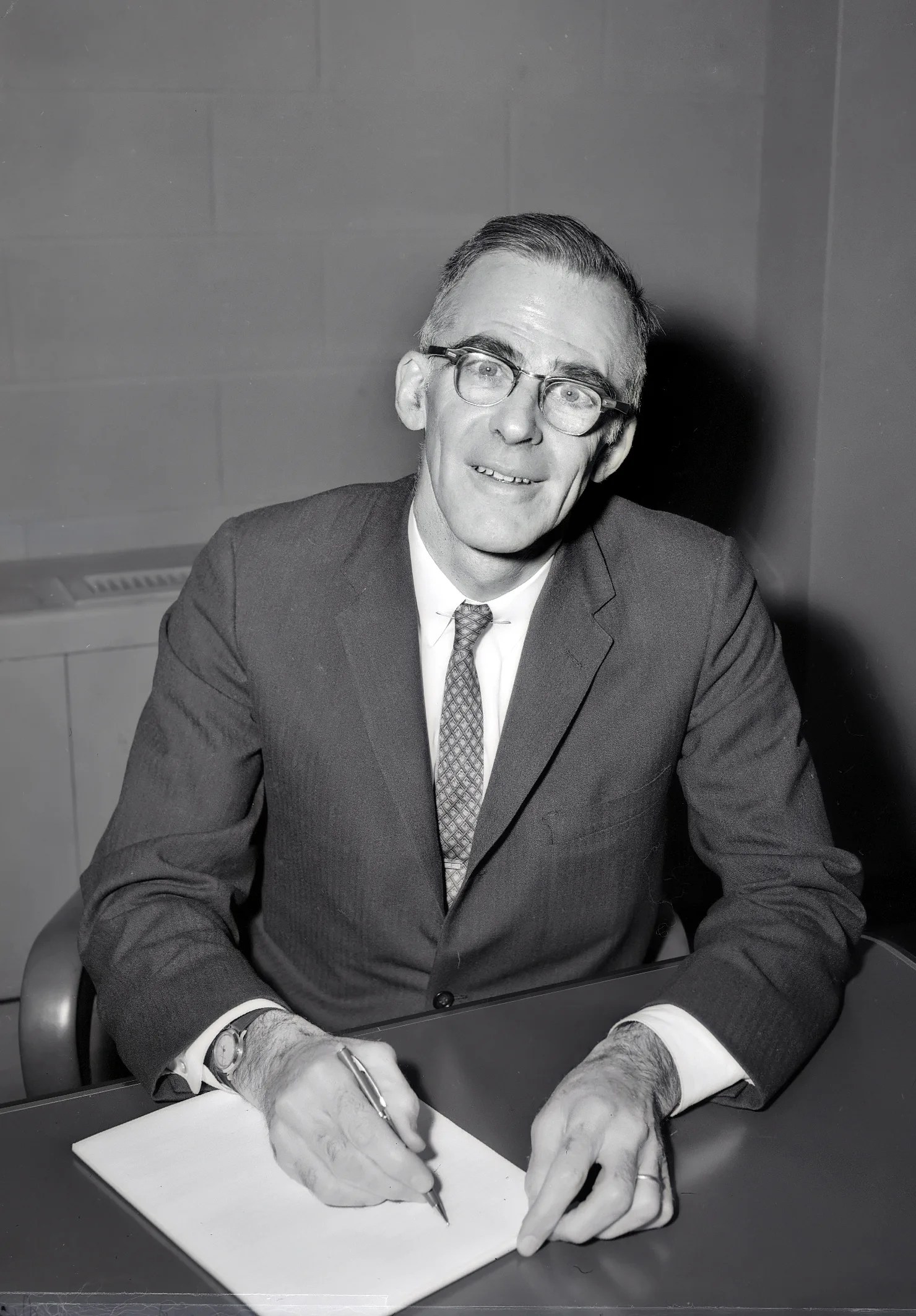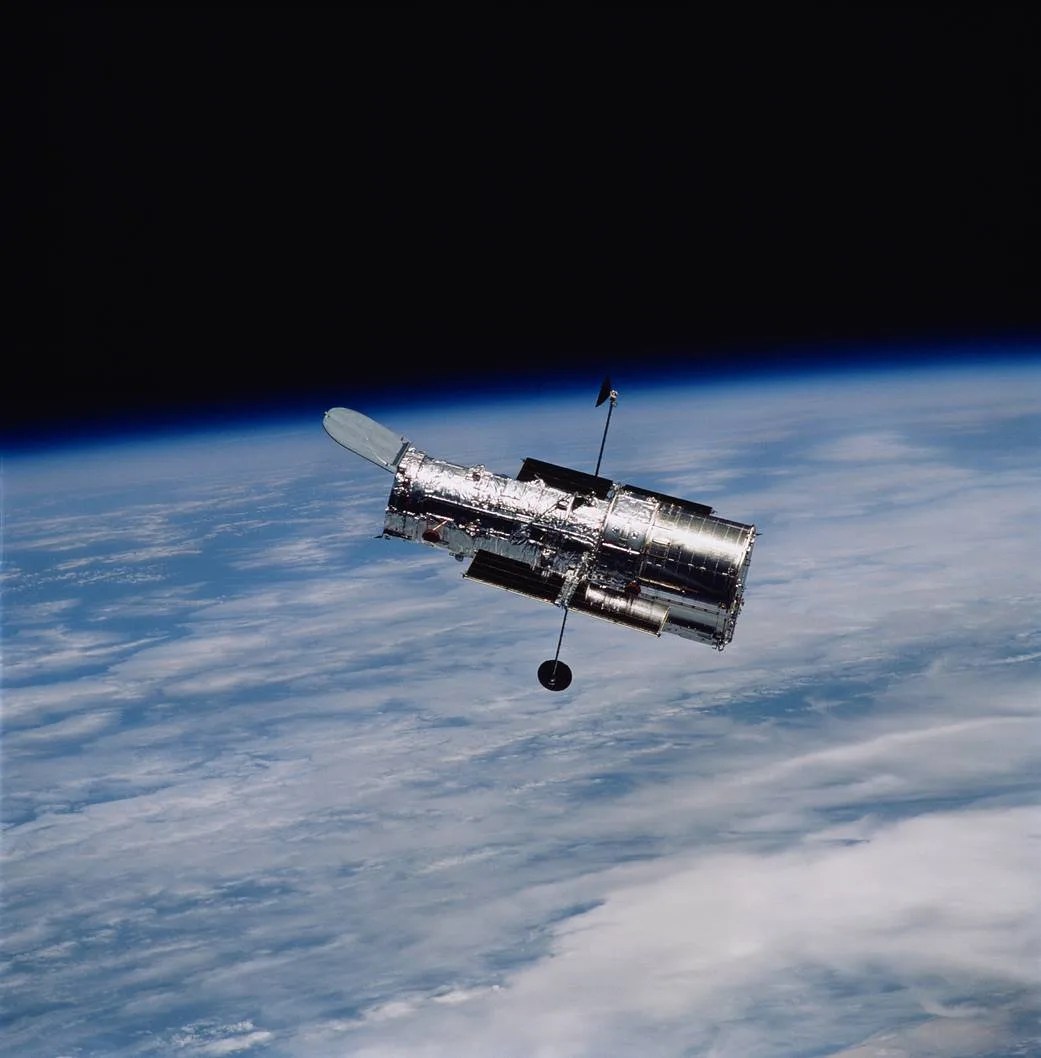
Lyman Spitzer
(1914 - 1997) American Astrophysicist

The 75th anniversary of the publication that paved the way for space telescopes
Seventy-five years ago, astronomer Lyman Spitzer envisioned a future for space exploration that deepened humanity’s curiosity about the cosmos. A visionary behind the Hubble Space Telescope, Spitzer was among the earliest astronomers pioneering a revolutionary way to explore the universe through astronomical satellites. His vision came over a decade before the launch of the first satellite, Sputnik, as well as the establishment of NASA itself. While the fundamental concept of sending a large telescope into space wasn’t new, the reality of doing so was.

With the publication of his famed paper in 1946, “Astronomical Advantages of an Extra-terrestrial Observatory,” Spitzer explored the benefits and feasibility of launching a large reflecting telescope into orbit around our planet. He wrote that by operating above Earth’s atmosphere, space telescopes would have greater access to wavelengths of light not visible from the ground. They could also take higher quality images.
Ultraviolet and infrared light from space are mostly absorbed by Earth’s atmosphere, making it virtually impossible to observe these wavelengths from ground-based telescopes. In addition to blocking certain light, atmospheric turbulence that circulates air throughout the atmosphere can have a serious impact on the quality of ground-based telescope images. Placing large telescopes above Earth’s atmosphere eliminates these limitations, allowing the observatories to operate at their full capabilities.
With his proposal, Spitzer made a strong case for large space telescopes that would allow humanity to access unimagined parts of the universe. Understanding the magnitude of the universe and exploring the structures of galaxies, globular star clusters, and other planets in the cosmos were the ultimate goals of extraterrestrial observatories.
Spitzer’s vision in 1946 marked a new era for the field of astronomy. Now, 75 years later, space-based telescopes are our biggest window to the cosmos. Above Earth’s atmosphere, we are able to see billions of light-years back in time, helping us understand the evolution of galaxies and the universe itself. This unimpeded view of our universe paved the way for telescopes like Hubble to discover myriad galaxies beyond our own, enabled us to see celestial objects and phenomena through light invisible to the human eye, and offered us a new perspective of our place in the universe.
As noted by Spitzer in his report, the primary contribution of orbital astronomical observatories would be to enable humanity to explore beyond our frontier of knowledge; “not to supplement our present ideas of the universe we live in, but rather to uncover new phenomena not yet imagined, and perhaps to modify profoundly our basic concepts of space and time."
NASA named the Spitzer Space Telescope after Lyman Spitzer, who died in 1997. The infrared observatory, which operated from 2003 to 2020, indeed made discoveries about our solar system and beyond that the original mission team never anticipated. Its accomplishments included a map of the Milky Way, the discovery of a ring around Saturn, and the revelation that there are seven rocky, Earth-size planets encircling a small star called TRAPPIST-1.
Spitzer’s legacy lives on in all of NASA’s satellites, especially Hubble, which he personally worked to establish. To this day, the Hubble Space Telescope remains a testament to Spitzer’s vision and a reminder of what is yet to be discovered.
NASA's Goddard Space Flight Center
